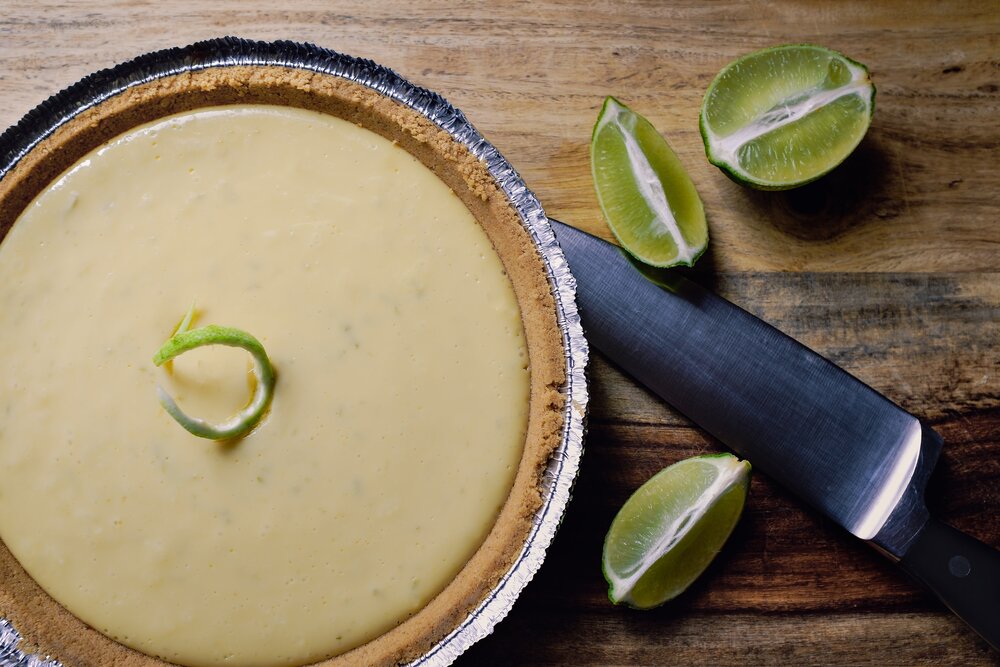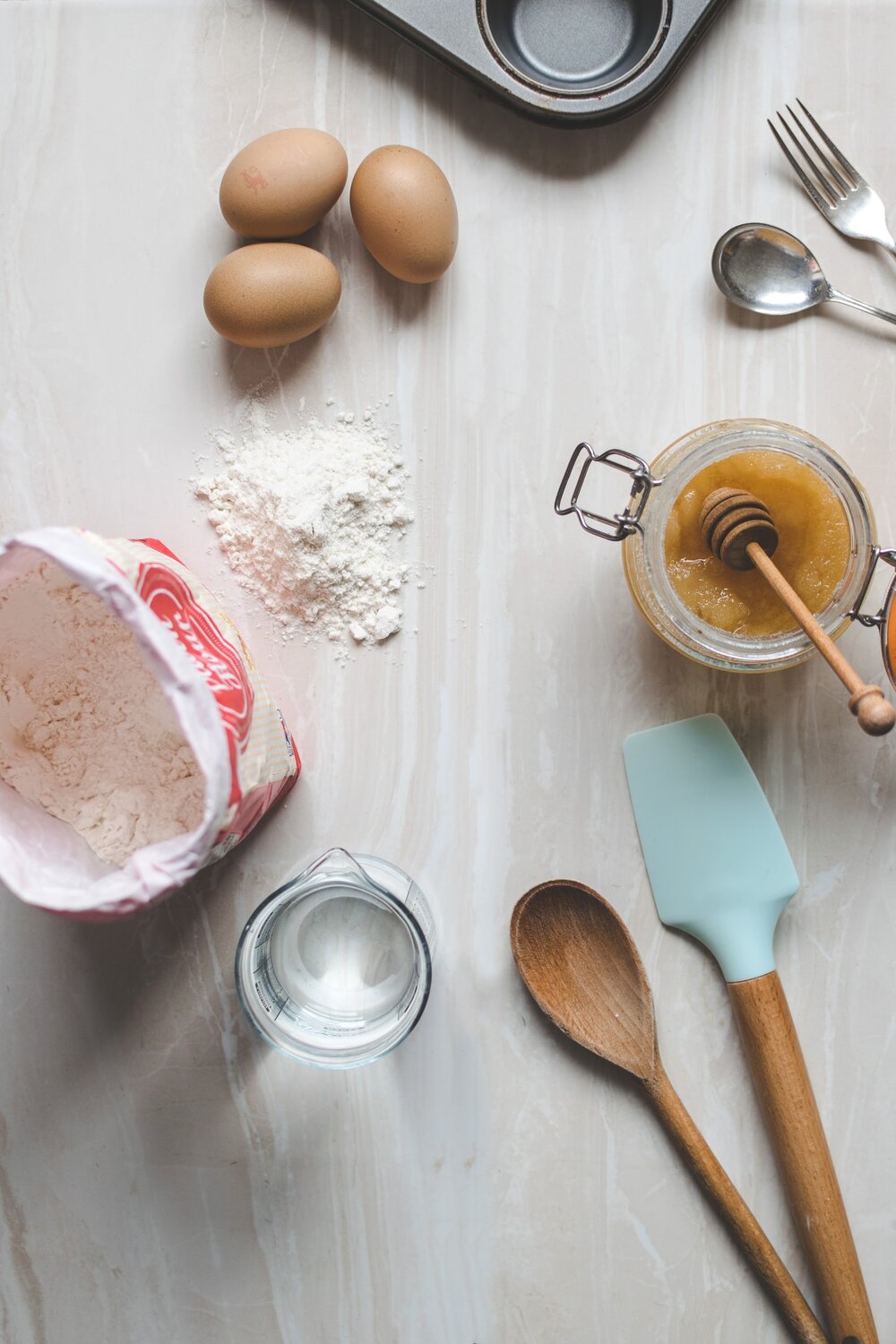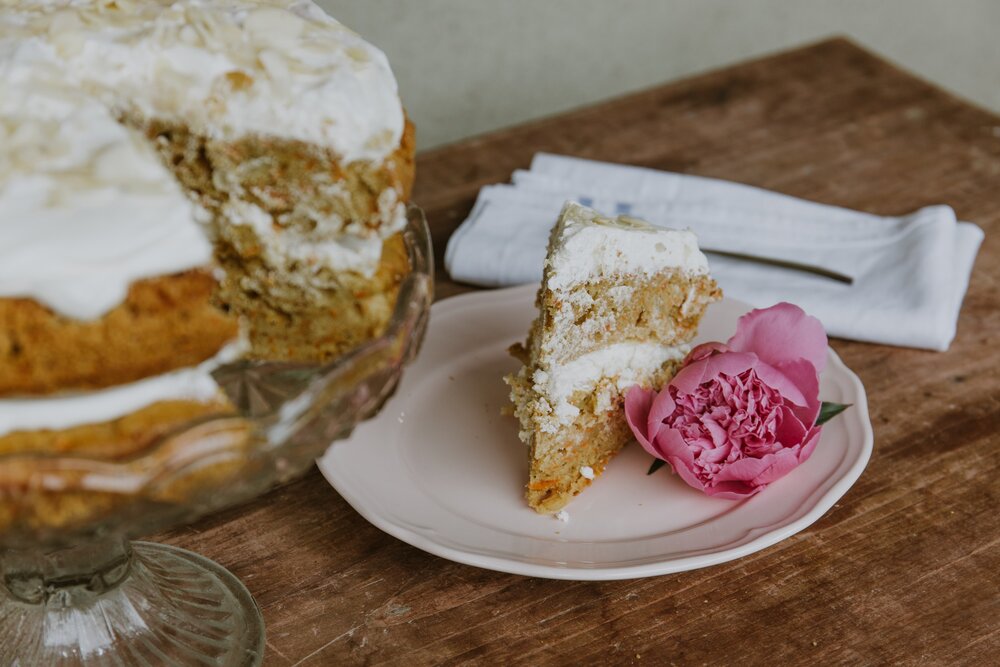Sweet Spot: The Make or Break Factors of Your Favorite Desserts
We all have those favorite sweet dishes that we can’t resist. You’re completely stuffed after dinner, but your eyes glance over the dessert menu and suddenly you have to order that favorite of yours – even if just to enjoy one bite. But what happens when you find your absolute favorite dessert falls short? And how do you avoid the common mistakes made by dessert chefs every day? I’m here to help out.
Key Lime Pie
A tropical favorite – Key Lime Pie should have that sweet zing, creamy texture, and the complement of a perfect graham cracker crust. Let’s dive into the details:
-
Good key lime juice and zest are musts to capture that quintessential flavor of this dessert. Too little of that kick and your pie will be bland and could even resemble a cheesecake flavor. While cheesecake is delicious, Key Lime Pie should never even remotely be able to be mistaken for it. Never let your pie lose that delicious recognizable zing. Be sure to get juicy limes and never go light on the zest and juice your recipe calls for. Also, be sure to use a zester, not a cheese grater, to zest your limes, and go light with the zesting. The white pith of the lime could make your pie filling bitter if you zest too hard!
-
Graham cracker crust is a perfect pairing with the creamy, lime pie filling. A good homemade crust is easy to make and much tastier than store bought – just be sure to bake your crust thoroughly before adding the filling. No one wants a soggy crust at the base of their pie.
-
You’ll often see Key Lime Pie served with whipped topping. I say skip this totally unnecessary addition to a perfect dessert. If you want to add a tiny dot of whipped cream to anchor a little lime wedge garnish go for it, but don’t overwhelm your pie with a whole layer of whipped topping or fruit. It’s simply not necessary for a good pie. The only rule I insist on is making sure your pie is completely chilled, as the cool, refreshing texture and temperature of this dessert are some of its most important characteristics.

Crème Brûlée
Crème Brûlée is a classic French dessert with rich custard base and a perfectly contrasting layer of caramelized sugar on top. There are 3 main characteristics your Crème Brûlée must have, and if you’re missing any one, I’m obligated to tell you that you need to toss it and start again.
-
The Crack. It’s the first way to test if your Crème Brûlée is up to par. That caramelized sugar top should literally crack like glass when you hit it with your spoon. If it’s mushy or watery in any way, you’ve instantly lost the interest of any true lover of this famous dessert. While alternate names for this dish are “Burnt Cream,” “Burned Cream,” and the like, if you actually burn your sugar topping you’ve also ruined the dish, as that flavor will completely overpower the delicate vanilla of the custard beneath.
-
The Texture. Crème Brûlée should have a velvety texture. When you watch your spoon slide through the custard, it should be completely smooth. Lumpiness means you have overcooked your custard, and will have your dessert looking closer to scrambled eggs than custard, and you need to start again.
-
The Flavor. Okay, I admit, this rule may be my own, but I think almost every chef would agree. Crème Brûlée is a classic dish – the contrast of the two textures and the understated but delicious vanilla flavor is perfect as-is. Don’t try to add fruit, chocolate, or any other unnecessary addition to this perfect dessert. A raspberry or other tasteful garnish is fine, but don’t overwhelm it with piles of fruit or try to serve it with icecream or – god forbid – whipped cream. Get that texture right and you’re good to go!

Carrot Cake
A favorite cake that needs no special occasion to be enjoyed, carrot cake is beloved for its moist texture and how perfectly the flavors in the cake are complemented by the cream cheese icing. It’s rustic and heavenly when executed well, but there are some key make or break factors that make this age-old dessert a favorite or a flop:
-
The Carrots. The namesake ingredient for this cake is included because it adds density, taste, and texture, but they should not be the starring player in this cake. The carrots must be grated as finely as possible because the relatively short cooking time does not allow for them to be fully cooked in the oven. Crunchy chunks of carrots are an absolute no-no in your cake. Aim for light and airy pieces of carrots, achieved by using the smallest setting of your box grater or food processor’s grating attachment.
-
The Spice. Carrot Cake is ultimately a spice cake, so don’t shy away from using the full quantities of spices called for in your recipe. Fresh is also a must to ensure your cinnamon, nutmeg, and ginger are truly coming to play. If you’ve had the same spice canister for years, do yourself a favor and buy new for this recipe. Another extra tip for flavor is toasting your nuts briefly before incorporating. You can coax more flavor out just by popping them in the oven until they’re aromatic.
-
The Basics. Let me just go ahead and remind you of some of the most basic baking rules that are extra important in this recipe. First off, mind your measurements. Every quantity is determined for a reason and you can compromise your whole cake if you try to eyeball or skimp on your measurements. If you are bold enough to try adding extra ingredients when trying this recipe for the first time, take into account how it will change the texture and flavor of your cake before going rogue. Next, take texture into account. Every cake has different abilities when it comes to composing the final product, and Carrot Cake’s amazing, crumby and moist texture means you do not want to mess with cutting layers once baked. Let it be a 2-layer cake, or even a rustic little loaf, instead of trying to compose a crisp, tall cake. Finally, timing is everything. Do not try to ice your Carrot Cake, or any cake, when warm. Give yourself enough time for the cake to cool entirely before bringing in the cream cheese icing. This icing is meant to be thick and creamy, and will quickly get liquidy if it comes into contact with a hot cake.

Well, there you have it! Next time you have a sweet tooth, keep these tips in mind when you head to the kitchen. Or, when you order a favorite at your next dinner date, you know what to look for when that dessert meets your expectation, or falls flat. What’s your favorite dessert? Have any tips for perfecting it? Let me know in the comments below!
Peace!

Sweet Spot: The Make or Break Factors of Your Favorite Desserts
We all have those favorite sweet dishes that we can’t resist. You’re completely stuffed after dinner, but your eyes glance over the dessert menu and suddenly you have to order that favorite of yours – even if just to enjoy one bite. But what happens when you find your absolute favorite dessert falls short? And how do you avoid the common mistakes made by dessert chefs every day? I’m here to help out.
Key Lime Pie
A tropical favorite – Key Lime Pie should have that sweet zing, creamy texture, and the complement of a perfect graham cracker crust. Let’s dive into the details:
-
Good key lime juice and zest are musts to capture that quintessential flavor of this dessert. Too little of that kick and your pie will be bland and could even resemble a cheesecake flavor. While cheesecake is delicious, Key Lime Pie should never even remotely be able to be mistaken for it. Never let your pie lose that delicious recognizable zing. Be sure to get juicy limes and never go light on the zest and juice your recipe calls for. Also, be sure to use a zester, not a cheese grater, to zest your limes, and go light with the zesting. The white pith of the lime could make your pie filling bitter if you zest too hard!
-
Graham cracker crust is a perfect pairing with the creamy, lime pie filling. A good homemade crust is easy to make and much tastier than store bought – just be sure to bake your crust thoroughly before adding the filling. No one wants a soggy crust at the base of their pie.
-
You’ll often see Key Lime Pie served with whipped topping. I say skip this totally unnecessary addition to a perfect dessert. If you want to add a tiny dot of whipped cream to anchor a little lime wedge garnish go for it, but don’t overwhelm your pie with a whole layer of whipped topping or fruit. It’s simply not necessary for a good pie. The only rule I insist on is making sure your pie is completely chilled, as the cool, refreshing texture and temperature of this dessert are some of its most important characteristics.

Crème Brûlée
Crème Brûlée is a classic French dessert with rich custard base and a perfectly contrasting layer of caramelized sugar on top. There are 3 main characteristics your Crème Brûlée must have, and if you’re missing any one, I’m obligated to tell you that you need to toss it and start again.
-
The Crack. It’s the first way to test if your Crème Brûlée is up to par. That caramelized sugar top should literally crack like glass when you hit it with your spoon. If it’s mushy or watery in any way, you’ve instantly lost the interest of any true lover of this famous dessert. While alternate names for this dish are “Burnt Cream,” “Burned Cream,” and the like, if you actually burn your sugar topping you’ve also ruined the dish, as that flavor will completely overpower the delicate vanilla of the custard beneath.
-
The Texture. Crème Brûlée should have a velvety texture. When you watch your spoon slide through the custard, it should be completely smooth. Lumpiness means you have overcooked your custard, and will have your dessert looking closer to scrambled eggs than custard, and you need to start again.
-
The Flavor. Okay, I admit, this rule may be my own, but I think almost every chef would agree. Crème Brûlée is a classic dish – the contrast of the two textures and the understated but delicious vanilla flavor is perfect as-is. Don’t try to add fruit, chocolate, or any other unnecessary addition to this perfect dessert. A raspberry or other tasteful garnish is fine, but don’t overwhelm it with piles of fruit or try to serve it with icecream or – god forbid – whipped cream. Get that texture right and you’re good to go!

Carrot Cake
A favorite cake that needs no special occasion to be enjoyed, carrot cake is beloved for its moist texture and how perfectly the flavors in the cake are complemented by the cream cheese icing. It’s rustic and heavenly when executed well, but there are some key make or break factors that make this age-old dessert a favorite or a flop:
-
The Carrots. The namesake ingredient for this cake is included because it adds density, taste, and texture, but they should not be the starring player in this cake. The carrots must be grated as finely as possible because the relatively short cooking time does not allow for them to be fully cooked in the oven. Crunchy chunks of carrots are an absolute no-no in your cake. Aim for light and airy pieces of carrots, achieved by using the smallest setting of your box grater or food processor’s grating attachment.
-
The Spice. Carrot Cake is ultimately a spice cake, so don’t shy away from using the full quantities of spices called for in your recipe. Fresh is also a must to ensure your cinnamon, nutmeg, and ginger are truly coming to play. If you’ve had the same spice canister for years, do yourself a favor and buy new for this recipe. Another extra tip for flavor is toasting your nuts briefly before incorporating. You can coax more flavor out just by popping them in the oven until they’re aromatic.
-
The Basics. Let me just go ahead and remind you of some of the most basic baking rules that are extra important in this recipe. First off, mind your measurements. Every quantity is determined for a reason and you can compromise your whole cake if you try to eyeball or skimp on your measurements. If you are bold enough to try adding extra ingredients when trying this recipe for the first time, take into account how it will change the texture and flavor of your cake before going rogue. Next, take texture into account. Every cake has different abilities when it comes to composing the final product, and Carrot Cake’s amazing, crumby and moist texture means you do not want to mess with cutting layers once baked. Let it be a 2-layer cake, or even a rustic little loaf, instead of trying to compose a crisp, tall cake. Finally, timing is everything. Do not try to ice your Carrot Cake, or any cake, when warm. Give yourself enough time for the cake to cool entirely before bringing in the cream cheese icing. This icing is meant to be thick and creamy, and will quickly get liquidy if it comes into contact with a hot cake.

Well, there you have it! Next time you have a sweet tooth, keep these tips in mind when you head to the kitchen. Or, when you order a favorite at your next dinner date, you know what to look for when that dessert meets your expectation, or falls flat. What’s your favorite dessert? Have any tips for perfecting it? Let me know in the comments below!
Peace!
